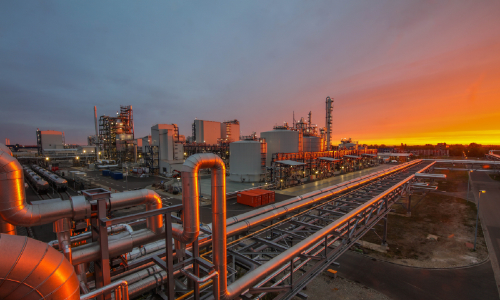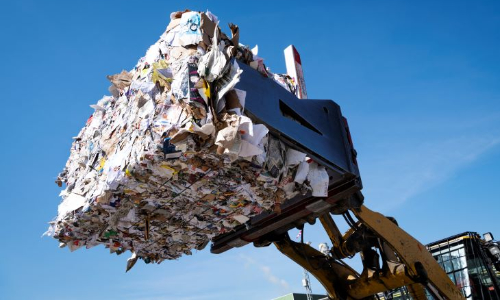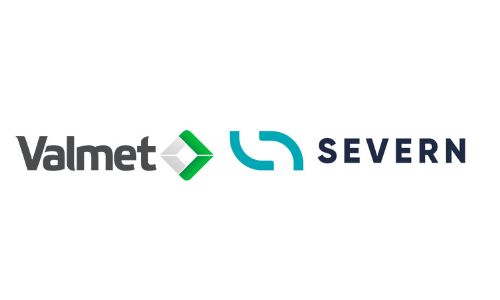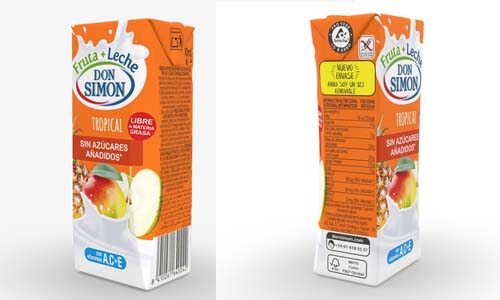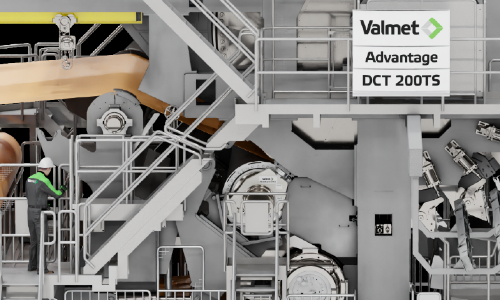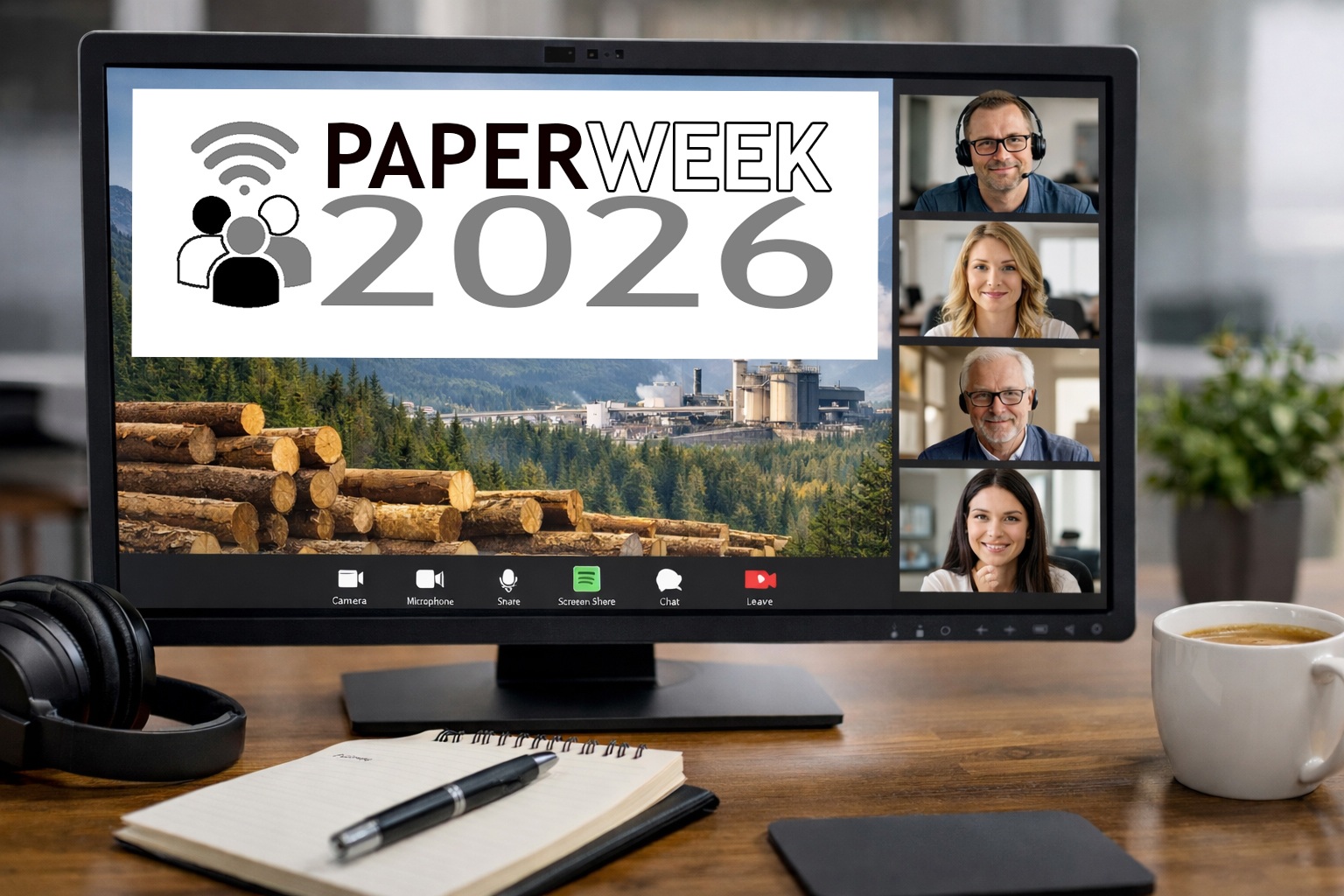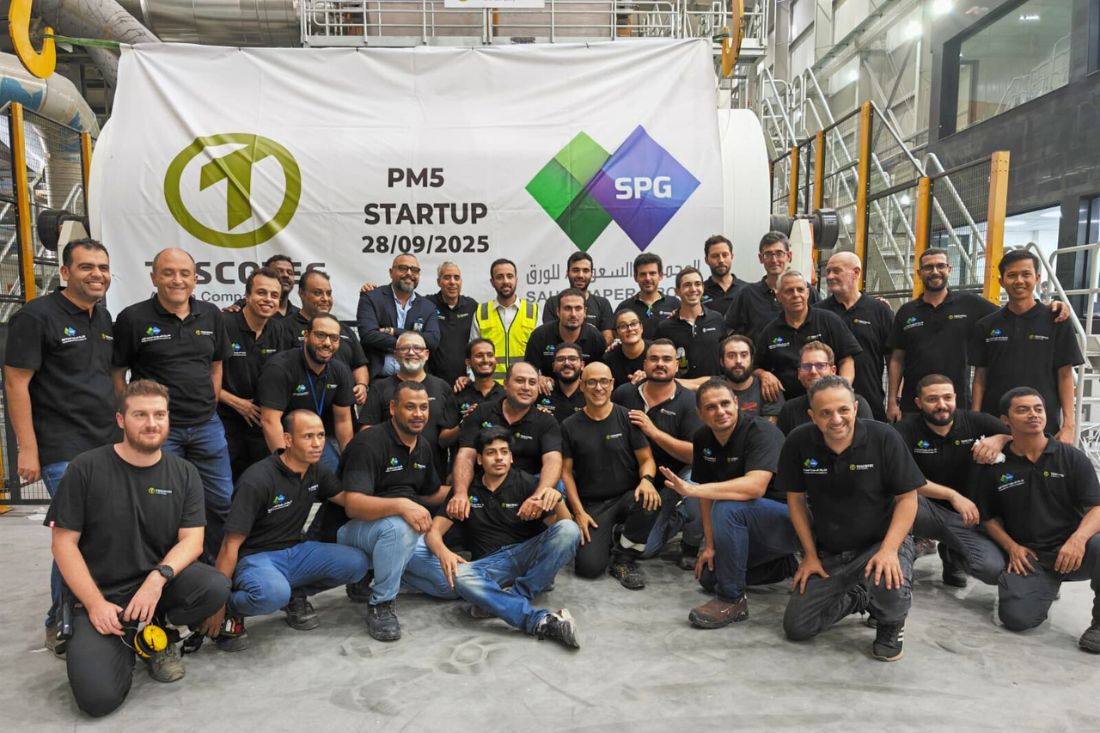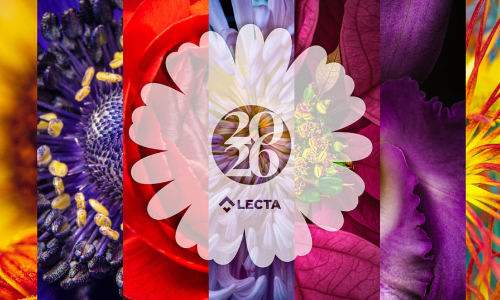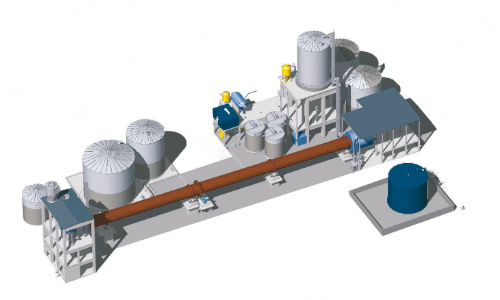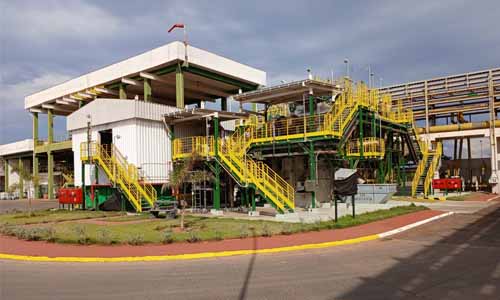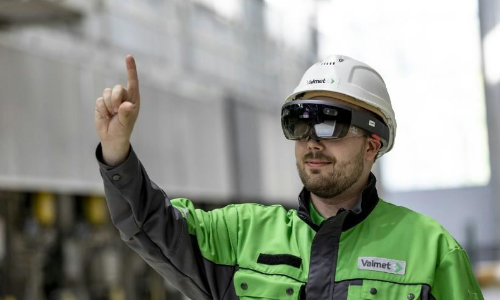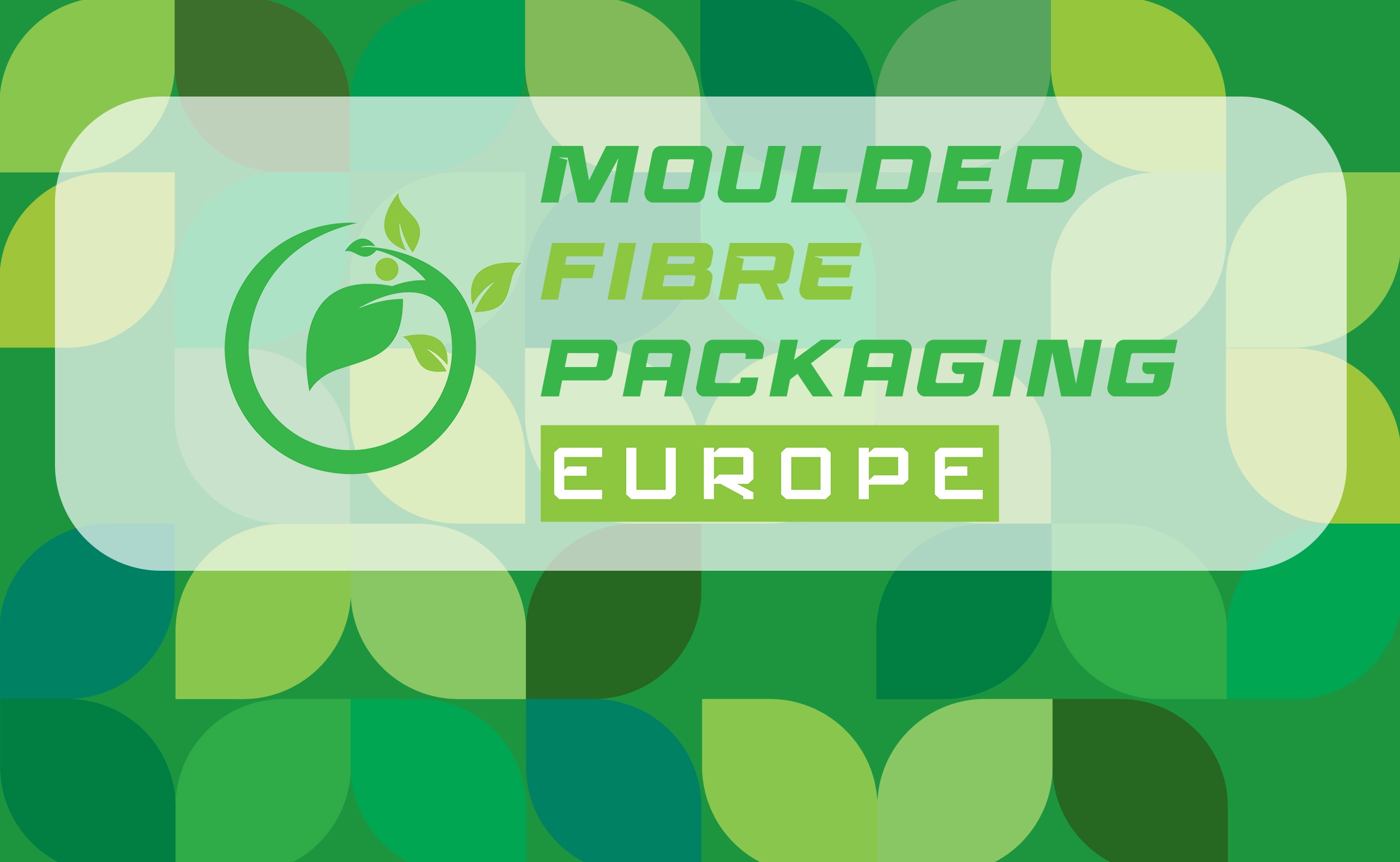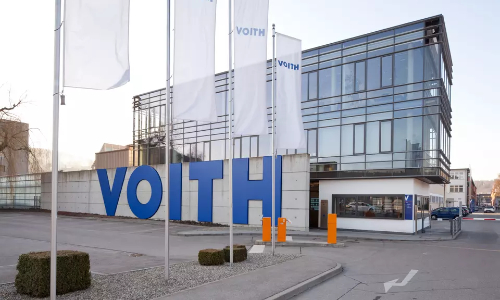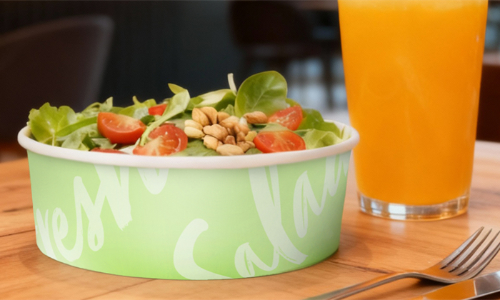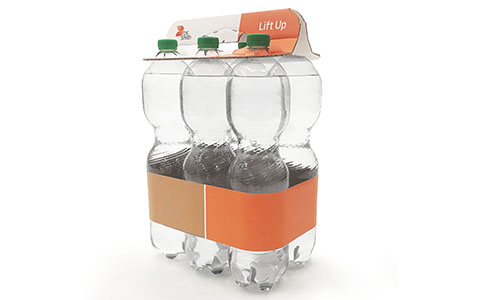
Packaging company surpasses sustainability target in ‘Now & Next’ strategy in partnership with customers
Ahead of schedule and in partnership with some of the world’s most iconic consumer brands, DS Smith has replaced over one billion plastic items, sixteen months ahead of its 2025 target (1). This is a significant sustainability milestone for one of the world’s leading providers of sustainable packaging solutions.
By May 2024, DS Smith will have replaced over 1.2 billion plastic items across its global markets, exceeding the target by 16 months.
The company’s target focused on all primary or secondary plastic packaging that has been reduced or completely eliminated from customer packaging through a DS Smith solution.
This achievement is the result of a plastic replacement and reduction program initiated in 2020 as part of DS Smith’s ‘Now & Next’ sustainability strategy, which supports the company’s purpose of ‘rethinking packaging for a changing world’.
The target spans DS Smith’s operations across 27 countries in Europe and North America, in line with the shared circular economy goal of eliminating waste and keeping materials in use for longer. Some markets stand out for having reduced or avoided the most plastic through fiber-based alternatives:
- The UK is the top contributor with over 274 million plastic items replaced
- France follows with over 260 million items
- Germany is in third place with over 153 million items
Key plastic items that have been replaced on supermarket shelves include fruit and vegetable trays, plastic shippers, and shrink wrap commonly found on non-alcoholic beverage bottles.
The demand for plastic replacement continues to grow – across Eastern Europe, the company has nearly doubled the annual amount of plastic items replaced since the target was set in 2020 (2).
DS Smith’s Circular Design Principles and Circular Score, created in partnership with the Ellen MacArthur Foundation, are essential to achieving the one billion goal and are a fundamental part of the design process at DS Smith. Each of the nearly 800 DS Smith designers has been trained in Circular Design principles and is able to assess performance in areas such as recycled content and recyclability, estimated CO2 emissions, surplus waste levels, and supply chain parameters in partnership with customers.
DS Smith has used the Circular Score – a first in the industry – across multiple business sectors, including FMCG, food and beverage, automotive parts, and industrial goods.
Miles Roberts, Group CEO of DS Smith, said: “When we set out our ‘Now and Next’ sustainability strategy, we wanted to include targets that would make a real environmental difference both inside and outside DS Smith. By innovating to help our customers replace or reduce plastics, we are addressing societal demands to reduce plastic pollution and growing our customer partnerships. I am proud of every member of the DS Smith team for achieving this goal, a year ahead of schedule. But this is just the beginning. We can have many more positive impacts by supporting our customers and communities in their sustainability goals, and we are extremely motivated by this mission.”
Thibault Laumonier, Managing Director of DS Smith Packaging France, said: “We are proud of the French contribution to achieving our plastic replacement target for our customers’ packaging. Thanks to the fantastic work of our employees, new packaging solutions have been developed and rolled out on a large scale across all business sectors, from consumer goods to industrial goods. Replacing or reducing the use of plastic items in packaging, in favor of a fully recyclable material, is part of our designers’ daily work to meet our customers’ sustainability challenges.”
(1) All plastics, whether from customer primary or secondary packaging, that have been volume reduced or completely removed from the customer’s existing packaging through a DS Smith ‘plastic replacement’ packaging solution are considered to be within the scope of this target. Plastics include but are not limited to HDPE, LDPE, LLDPE, PA (nylon), PE-maleic anhydride, PET, PP, oriented PP, PS, PU, PVC, foams (e.g. EPE, EPS, EPU), and laminates.
(2) 91% increase in the annual amount of plastic replaced in the Eastern Europe region between FY20/21 and FY23/24



